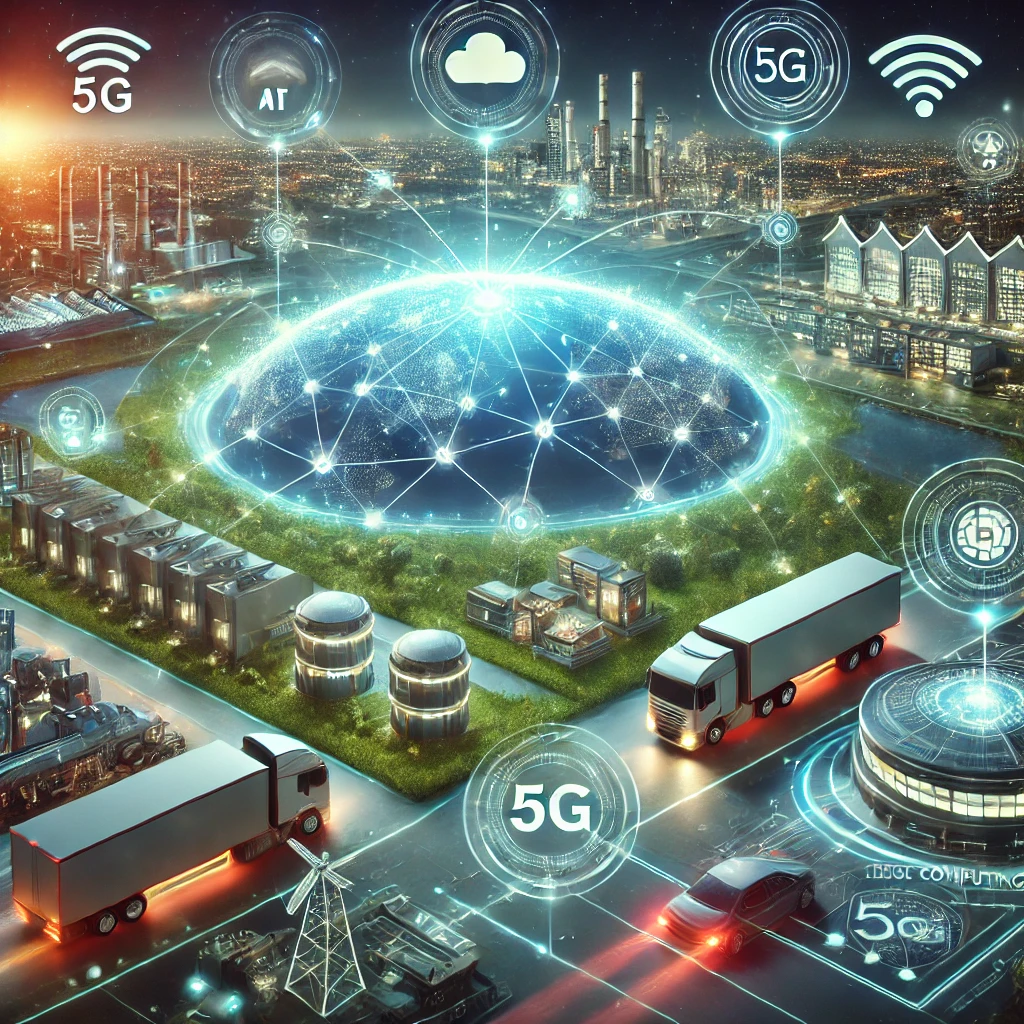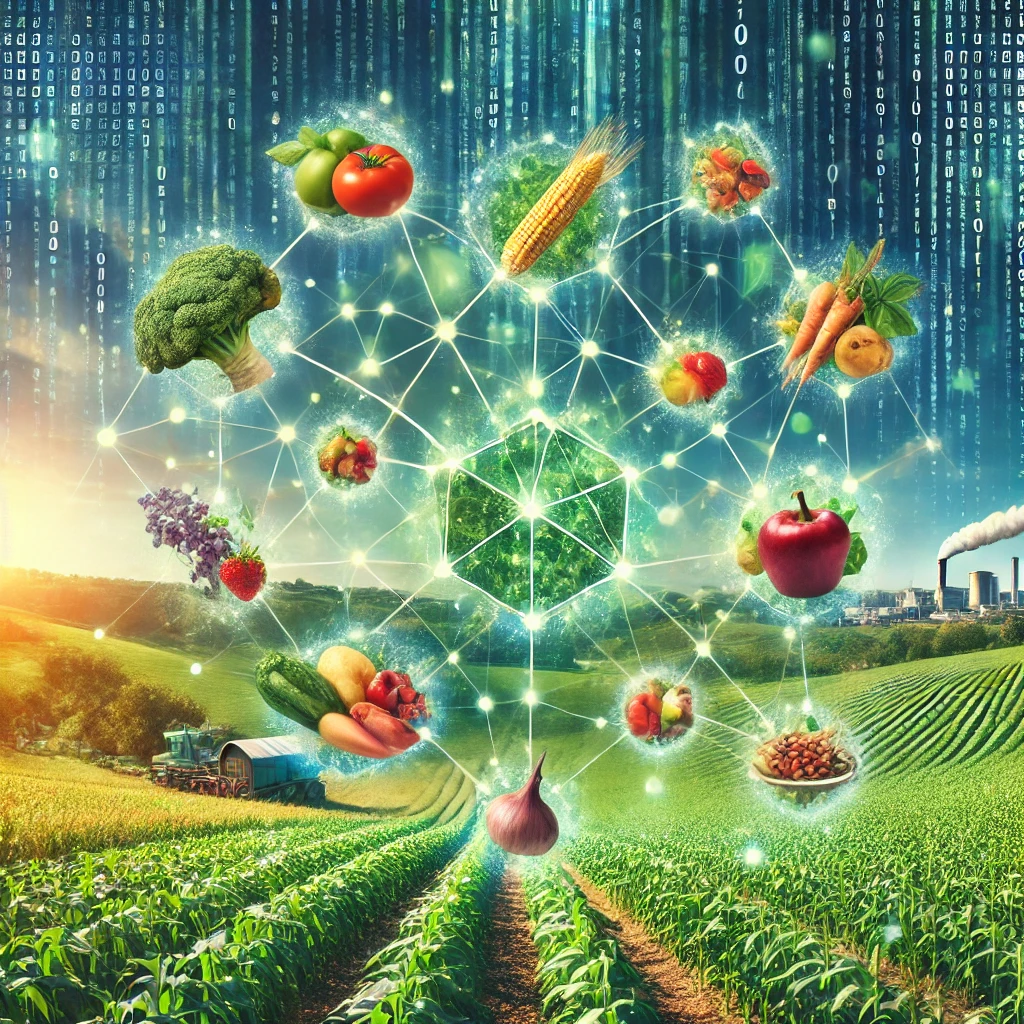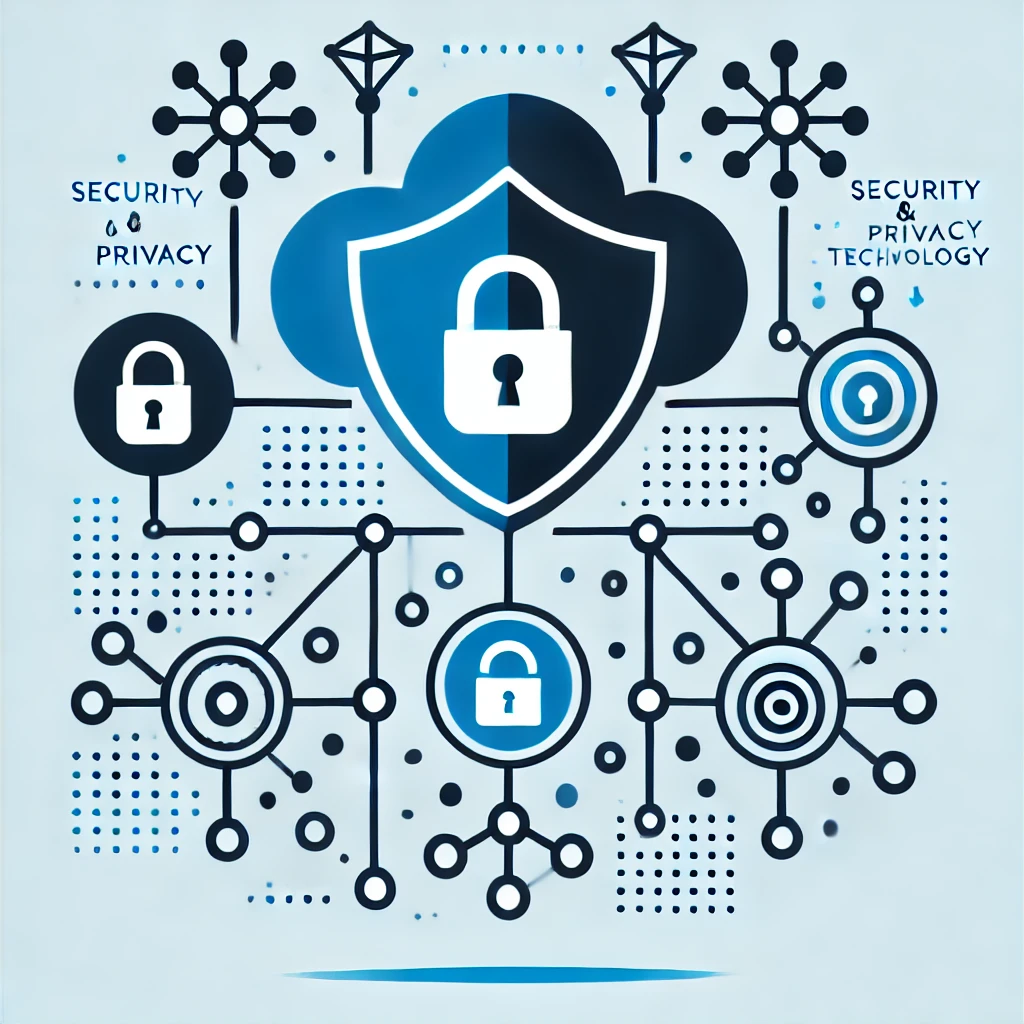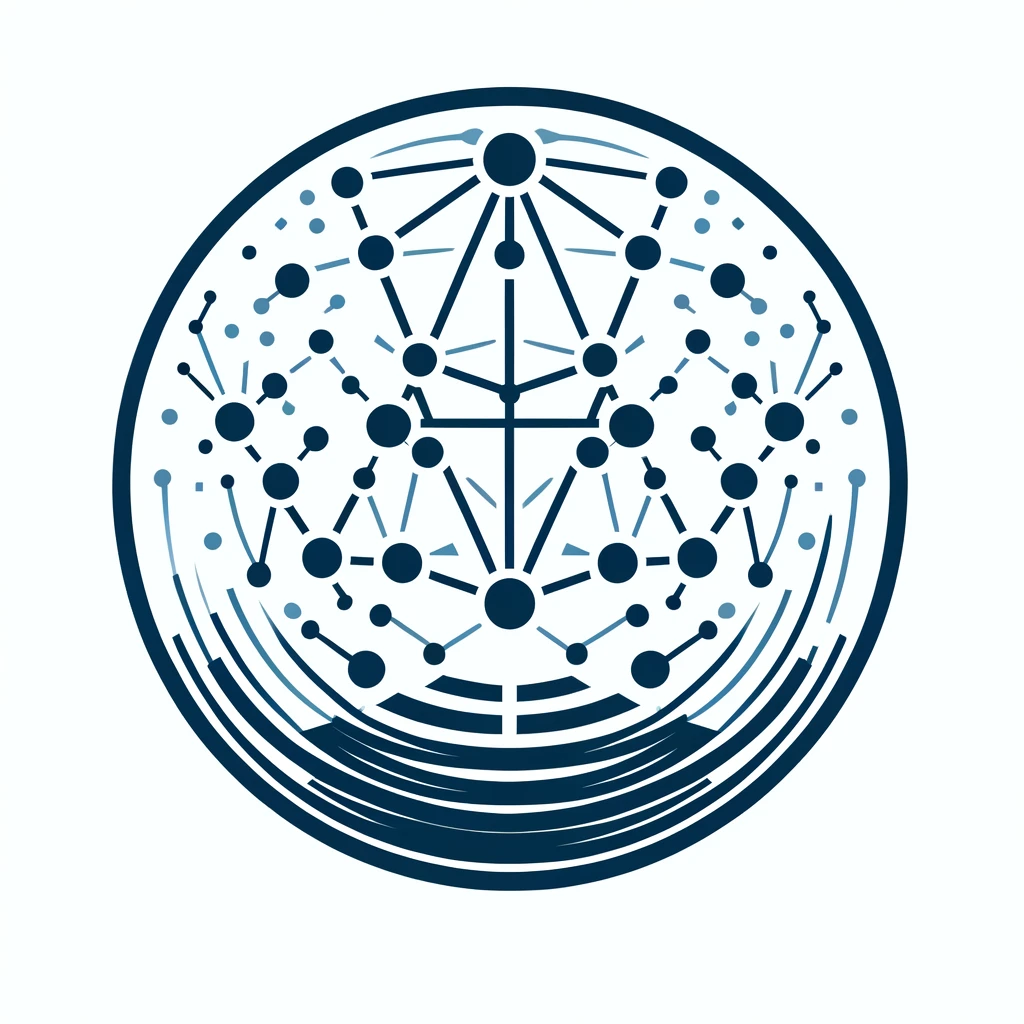· Shane Trimbur
The Challenge of Connectivity in a Data-Driven, IoT-Powered World
From supply chain logistics powered by 5G to IoT-enabled smart cities and precision agriculture, connectivity is the backbone of innovation.

Part 1: The Challenge of Connectivity in a Data-Driven, IoT-Powered World
As the world embraces data-driven decision-making and the Internet of Things (IoT), connectivity providers face an evolving set of challenges. The modern connectivity landscape is no longer just about providing fast internet access—it’s about enabling an ecosystem of interconnected devices, systems, and people. From supply chain logistics powered by 5G to IoT-enabled smart cities and precision agriculture, connectivity is the backbone of innovation.
In this post, we explore how data-driven approaches and IoT have introduced new paradigms that demand sophisticated solutions from connectivity providers, focusing on three critical domains: interconnected supply chains, smart cities, and precision agriculture.
1. Interconnected Supply Chains: 5G and IoT as the Backbone
The Challenge:
Global supply chains are under immense pressure to become faster, more efficient, and more resilient. IoT devices and 5G networks have transformed logistics by enabling real-time tracking, predictive maintenance, and seamless communication between stakeholders. However, building and maintaining the infrastructure required to support these advancements is a daunting task.
Real-Life Example:
Amazon’s logistics operations exemplify the power of interconnected supply chains. Using IoT sensors embedded in trucks, warehouses, and packages, Amazon can track shipments in real time, optimize delivery routes, and predict delays before they happen. Coupled with 5G networks, this system ensures ultra-low latency communication between devices, providing instant updates on the status of goods.
Why It’s Hard:
- Massive Data Volume: IoT devices generate terabytes of data daily, requiring robust networks and data processing capabilities.
- Infrastructure Challenges: Deploying 5G across global supply routes involves navigating diverse regulatory environments and building infrastructure in remote locations.
- Cybersecurity Risks: With so many devices interconnected, supply chains are highly vulnerable to cyberattacks.
The Impact:
Connectivity providers must enable resilient, secure networks to support supply chains that drive global commerce. Failure to do so can disrupt industries reliant on just-in-time manufacturing and precision logistics.
2. Smart Cities: Building the Foundation for Urban IoT
The Challenge:
Smart cities rely on IoT technology to enhance urban living—improving traffic management, energy efficiency, and public safety. However, scaling these systems across entire cities requires unparalleled connectivity and coordination.
Real-Life Example:
Barcelona is a leader in smart city innovation, with IoT sensors deployed across its urban infrastructure. These sensors monitor everything from traffic flow to air quality, enabling city planners to make data-driven decisions in real-time. For example, smart parking systems guide drivers to available spaces, reducing congestion and emissions.
Why It’s Hard:
- Network Density: Smart cities require ultra-dense networks to connect millions of devices, from streetlights to public transit systems.
- Data Integration: Aggregating and analyzing data from multiple sources—traffic sensors, public utilities, and emergency services—requires seamless integration.
- Scaling Challenges: Expanding these systems across growing urban populations strains existing infrastructure.
The Impact:
Connectivity providers must deliver ultra-reliable networks capable of scaling with urban growth while addressing challenges like latency, redundancy, and energy efficiency.
3. Precision Agriculture: Empowering Farms with IoT
The Challenge:
Feeding a growing global population requires smarter farming practices. IoT-enabled precision agriculture uses sensors, drones, and AI to monitor crops, track livestock, and optimize water and fertilizer use. This approach can dramatically increase yields while reducing environmental impact.
Real-Life Example:
John Deere has transformed farming with its IoT-enabled equipment. Their smart tractors use GPS, sensors, and 5G connectivity to automate planting, track field conditions, and provide farmers with actionable insights. IoT sensors embedded in fields collect data on soil moisture, temperature, and nutrient levels, enabling precision farming at scale.
Why It’s Hard:
- Connectivity Gaps: Many farms are located in rural areas with limited or no network coverage.
- Data Complexity: Managing and analyzing data from thousands of sensors in real-time requires robust cloud infrastructure and AI systems.
- Cost Barriers: Deploying IoT systems on a large scale can be prohibitively expensive for smaller farms.
The Impact:
Connectivity providers must extend reliable networks to rural areas while enabling scalable solutions that make IoT-driven farming accessible to all.
Conclusion: The Paradigm Shift in Connectivity
Data-driven approaches and IoT have fundamentally transformed the role of connectivity providers. No longer is connectivity just about speed and coverage—it is now the linchpin for enabling complex, interconnected ecosystems. From powering global supply chains with real-time data to building the infrastructure for smart cities and supporting precision agriculture, connectivity providers face both immense challenges and unprecedented opportunities.
These systems require robust, scalable, and secure networks that can handle massive data volumes, integrate seamlessly with diverse systems, and adapt to the rapid pace of innovation. Companies that can rise to these challenges will define the next era of connectivity.
In the next part of this series, we will explore how strategic leadership can unlock innovation and efficiency to meet these demands. Stay tuned for Part 2: Strategic Leadership – Unlocking Innovation and Efficiency.



